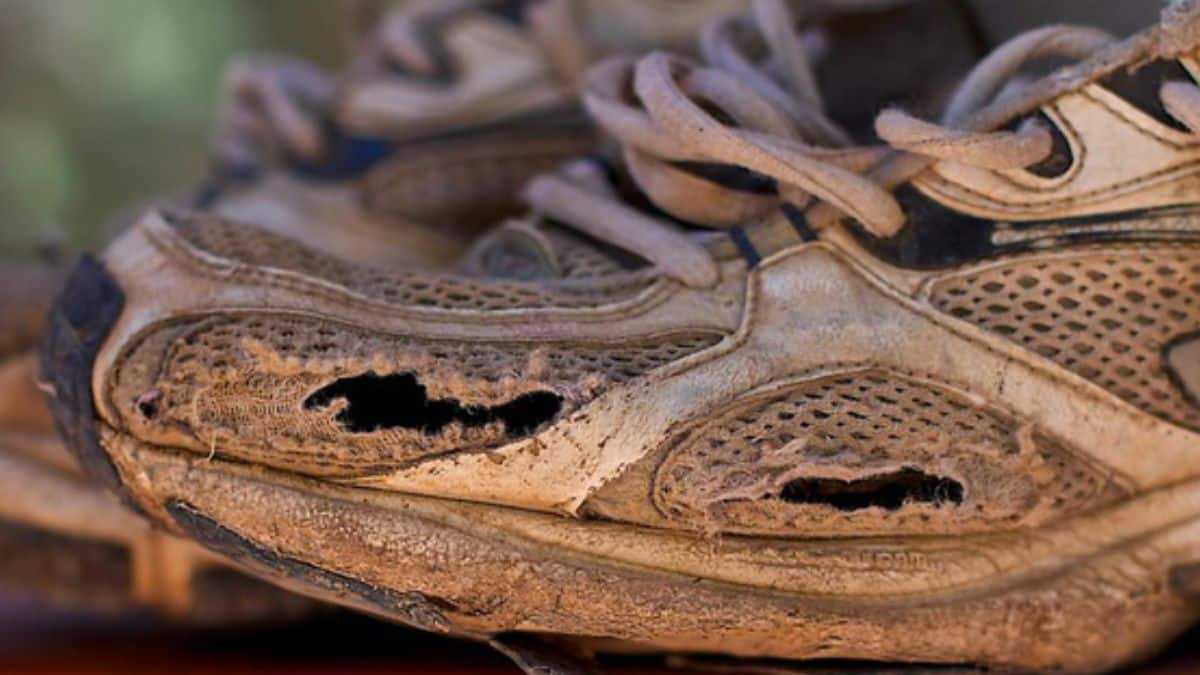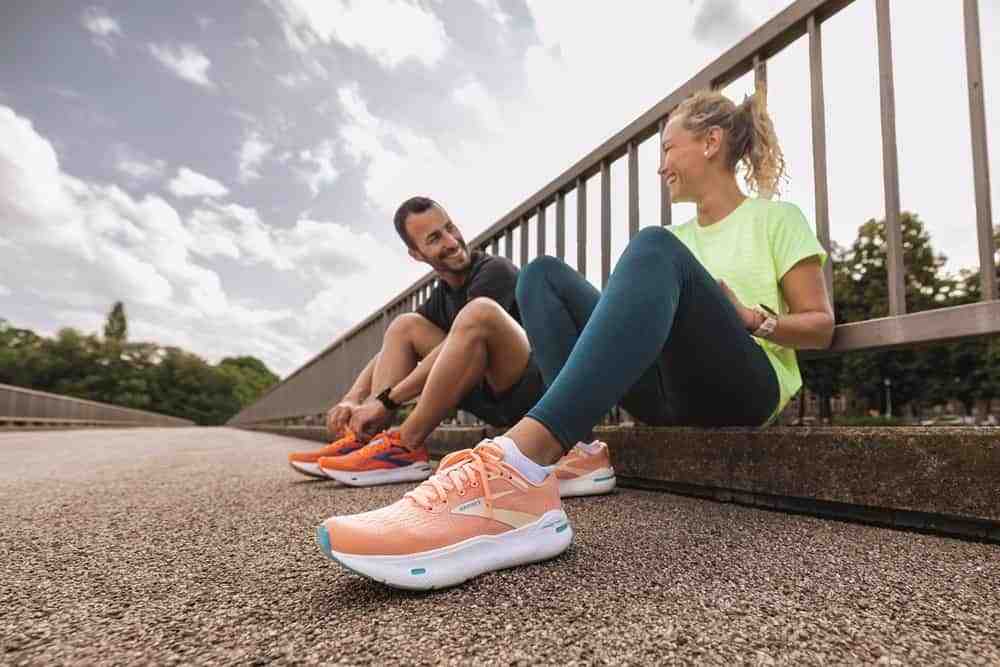How often should we change our running shoes?
Not sure when to replace your running shoes? This guide breaks down how often to change your runners, what wear patterns to watch for, and why hanging onto your beloved old pair might be holding you back, physically and emotionally.

I find myself starting into writing about how often we should change our running shoes knowing full well I have a pair of Asics Kayano, and Mizuno Wave Inspires from 2013 in my shed. They gave me some great races, and great miles, and great memories. I have other pairs in my parents house, in my uncles, and god knows where else. Each pair has done more than their fair share of miles, but I find it hard to say "Goodbye" as for some reason. I think they will be there for one last run if I need them. Am I a hoarder? No, I'm a keeper of memories!! I'd like to say that this phenomenon is just for my runners, but sadly not, as my race tee's going back to 2005 will clearly show. Ya, ok, I'm a hoarder...
That being said, I think it's fair to say many of us develop a sort of bond with our shoes, telling other runners why our shoes have better technology. We get converted from Asics to other brands like Nike (honourable mention to Pat Daly who has converted half of our running group as a Nike evangelist). We slowly become shoe nerds.
The average running shoe is going to last between 450km - 800km (300 miles to 500 miles in old money). The difference between the two distances may seem large, but it comes down to how hard we strike the ground with each stride. The heavier we pound the concrete or roads, the faster our runners will degrade.
In terms of time, if you're doing a 5k 3/4 times a week, your shoes will last you between 5 months and 9 months. This is compared to if you're doing longer runs for a marathon (70-100k per week), you're probably looking at having a few pairs you're running in, and buying a new pair every 3 months or so.
One thing I tend to look at is the wear pattern on the bottom of my runners. This will not only tell you when they're gone past their sell by date, but will also give you really good information when it comes to getting your next pair. If you're like me and you over pronate, your outer heel and inner toe get the most wear. Knowing this means when you go to a running shop to buy your next pair, you know what kind of support you need from your pair of runners.
The key is not to run in runners which are overused. Runners are designed to give optimal support over a designated window. Once you go outside that, your runners will stop offering you that support, and this will lead to injuries down the line.
Another good thing to do is to use Strava to measure how many miles you have on each pair of shoes. This is way better than using gut feel. It will help you prevent injury and stay running, but let's face it, who doesn't want to buy a new pair of running shoes!!
I hope this was helpful. Leave a comment below with your thoughts or questions!!

Ever wanted to work for a running company? Here’s a job for you!

Moycarkey Coolcroo AC Notes - January 13th

The Junction 5K Lands in Antrim this March

Tips to Stop Your Running Resolutions from Slipping

Fay Top 20 at World Cross as Irish Runners Break National Records in Valencia at the Weekend

How to Watch Irish Athletes in Action in the Valencia 10K Today
